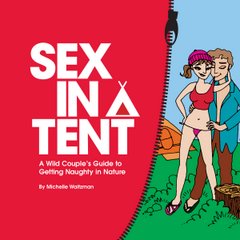
The great irony of eco-tourism is that the more popular it becomes, the more damage it does to the natural places people are so keen to visit. We know this, and yet we can't resist the lure of those epic journeys into famous landscapes. We just have to see those remote places or rare creatures for ourselves, though we know they'd be better off if we'd just mind our own business!
Two recent studies have finding that back this up. Not that I think many people doubted that tourism was bad for wildnerness areas - but it's always nice to have documented proof.
The first study was conducted in on 14 protected zones of oak woodland in northern California. They measured the impact of human visitation on wildlife populations by counting the animal feces in each area. (Sounds like a fun way to spend a semester!) They compared areas where humans were allowed, to areas that were out-of-bounds. Unsurprisingly, they found there was evidence of five times as many animals living in areas where there was no human traffic.
The second study was conducted down here in New Zealand. It measured the effects of human visitors on endangered yellow-eyed penguins. The researcher looked at a population living just a short drive from the city of Dunedin, making it easily accessible to humans. She spied on the penguins be sneaking fake eggs into their nests which contained microphones and cameras.
She found that the penguins would avoid coming on shore if there were people nearby, and this would delay feeding the chicks in the nests. She also discovered that if the penguins are aware of a visitor in the area, their heart rate doubles and it takes them half an hour to recover.
It's a dilemma. We love getting close to nature - but nature hates it when we get too close. And as eco-tourism grows by leaps and bounds, it is affecting dolphins, whales, penguins, coyotes, bears and countless other species. Perhaps we should all just stay home and watch Animal Planet?







No comments:
Post a Comment